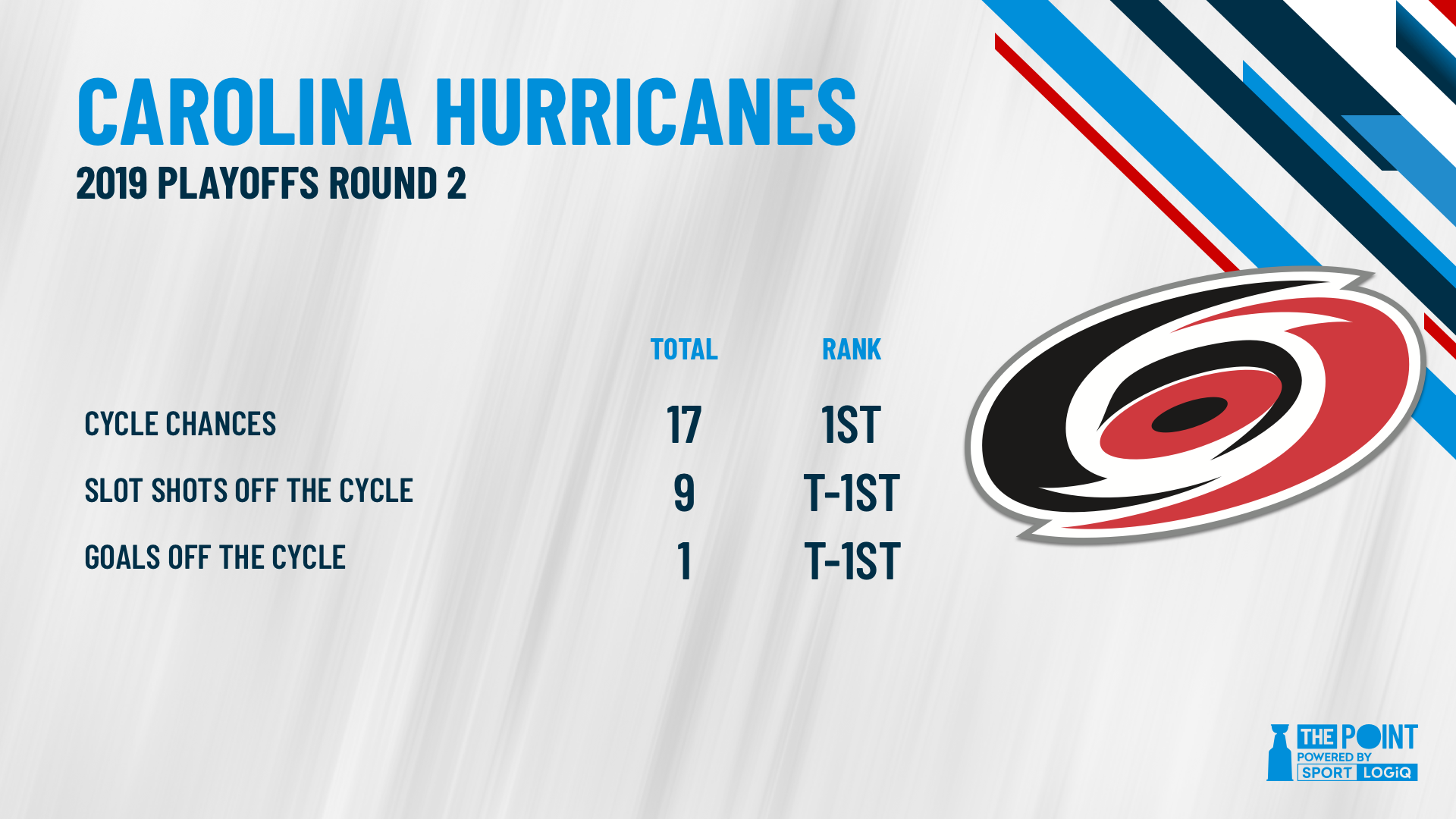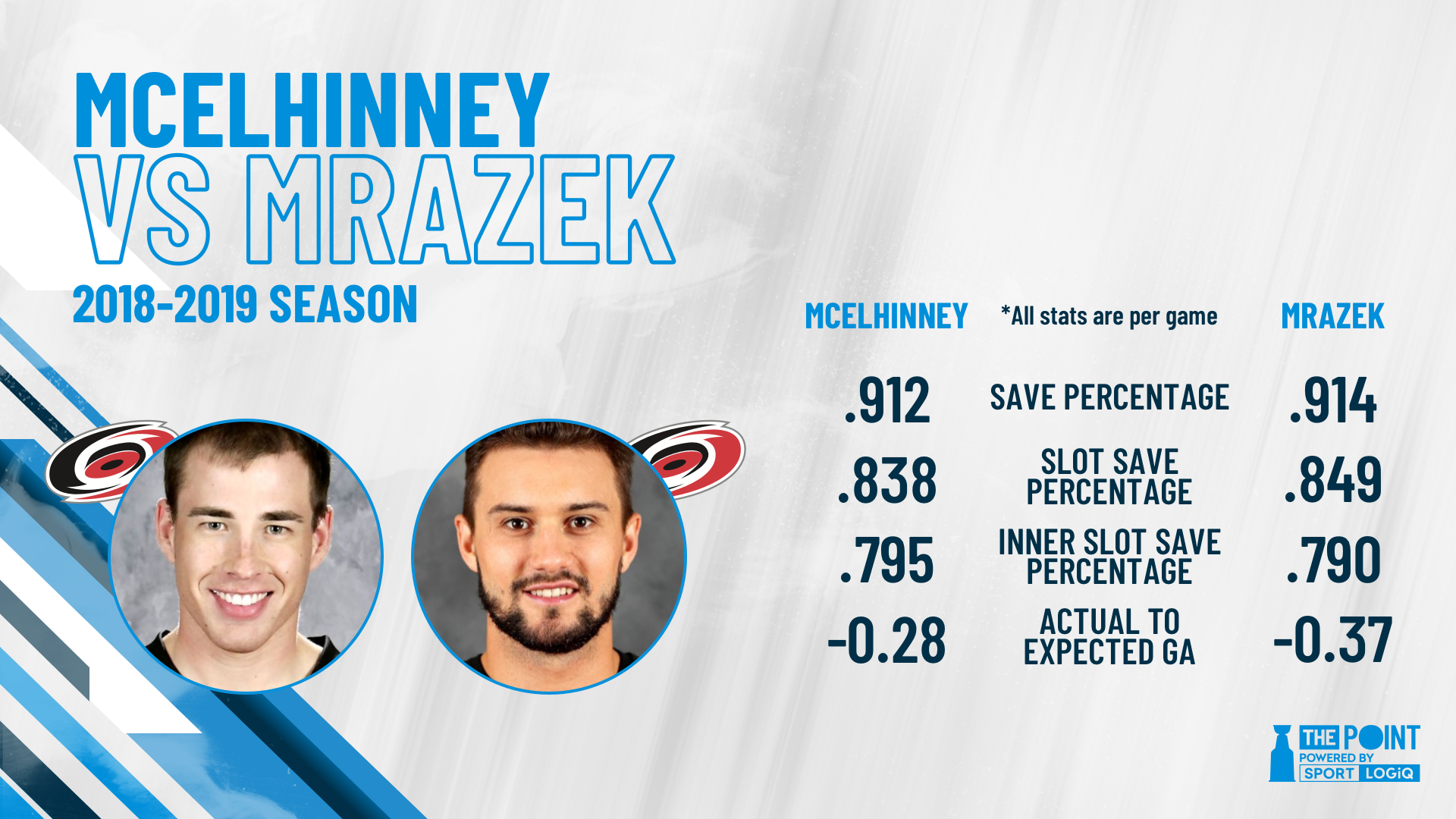After a 3rd period comeback (and a few saves from their goal posts) in Game 2, the Hurricanes are up 2-0 in their series against the New York Islanders. Already an impressive feat for a wildcard team that squeaked into the playoffs, the Canes are defying the odds even while missing some key players from their lineup.
In Game 2, Carolina lost Trevor van Riemsdyk on his first shift, Petr Mrazek went down in the second period and Saku Maenalanen left the game three minutes into the third. They join a list of injured players that includes, Andrei Svechnikov, Micheal Ferland, and Jordan Martinook.
Even with all these injuries, the Canes came out flying in the third, scoring two goals in the first 65 seconds of the period only to have Maenalanen go down two minutes later.
This is a team that just refuses to give up, they’ve faced adversity all year long and keep finding ways to overcome it. So, despite all this, how did they manage to take both games in Brooklyn?
Well, according to Teuvo Teravainen, “We got two wins by playing boring hockey.”
He’s not wrong at all. In a goal-starved series where neither team seems to be giving an inch, the Canes are using a strong cycle to find ways to get that extra goal. They’ve slowly grinded away at the Islanders defense until there’s a crack to exploit – and then they pounce. In the 2nd round alone, the Canes have created the most cycle chances of any team and scored one of their three goals directly off the cycle – their game 1 overtime winner.

The Islanders, on the other hand, are one of the best defensive teams in the league but they’ve struggled to shut down the cycle throughout the playoffs. They’ve given up the most cycle chances and the second-most shots on net from the slot off-the-cycle.

Boring hockey, maybe but it’s working for the walking-wounded Hurricanes.
The Canes need to keep working that cycle as much as possible because not only is it affording them their best chance to crack through the Islanders famously stingy defense, it also tires out the Isles line on the ice, taking away any counter-attack they might look to create.
In such a low scoring series it’s no surprise that both Mrazek and Robin Lehner have put up impressive numbers but now that Mrazek is down, it’ll be up to Curtis McElhinney to shoulder the load. He was thrown right into the fire in Game 2 and came out looking as cool as a cucumber. McElhinney played a bit less than Mrazek this year but his numbers are similar and if he gets the call in Game 3, the Canes will need him to be on top of his game.

Lehner’s also been spectacular but it could be that the Hurricanes are starting to notice a weakness in his game. In game 2, Warren Foegele came down the wing and ripped a shot, far side over Lehner’s blocker.
That was the sixth goal he’s given up high blocker throughout the playoffs. Considering he’s only given up nine total goals, it begs the question as to whether or not the Canes should be targeting his blocker.
During the regular season, Lehner gave up 34 goals high blocker or 36.6% of the total goals he allowed. League average was 33.6% so, while slightly below average, Lehner’s blocker wasn’t a real cause for concern. Some of this is no doubt sample-size related but over the course of a few games, if a goalie is off in one aspect of his game, opposing teams should be looking to exploit any available weaknesses.
For the Hurricanes to keep up their winning ways, they need to keep using their cycle to wear down the Islanders and take advantage of their chances. There’s a chance Lehner’s blocker might be weaker than anywhere else but that doesn’t mean he has a bad blocker. The more traffic they can put in front of him, the better their chances will be of beating the Vezina finalist. Carolina is hoping they get a few guys back for Game 3, but if they don’t, this team’s already shown the resiliency to overcome anything that gets thrown its way.
(Photo by Bruce Bennett/Getty Images)


